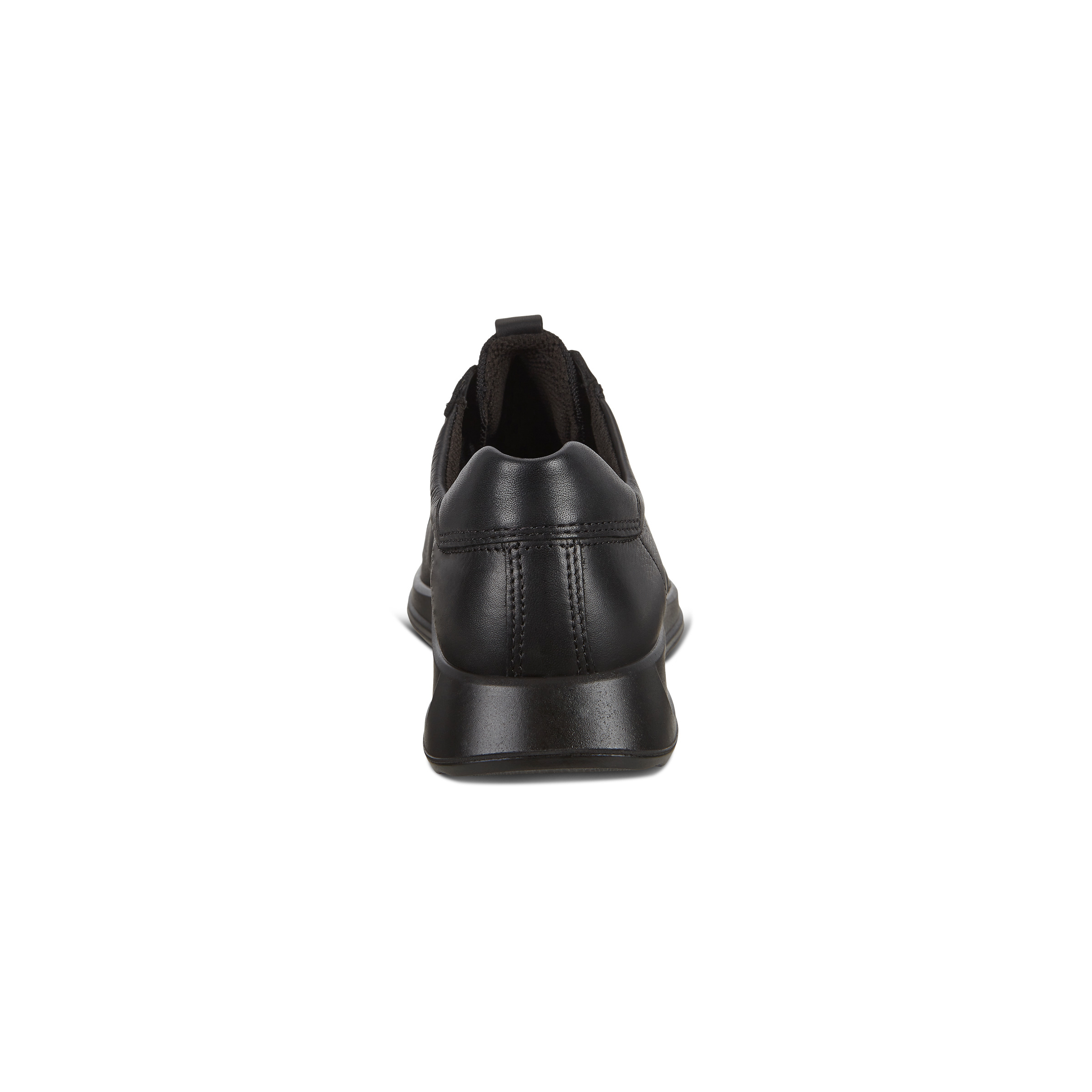
The mold filling direction shall be normal to the direction of loading for molded specimens.

span) shall be 3d and the inner rollers shall be equally spaced between the outer rollers. The distance between the inner rollers shall be d and the distance between the outer rollers (i.e. The length of the rollers shall be at least 10 mm more than the width of the test specimen and a total of four rollers shall be used.

For providing support and loading points to the specimens, circular rollers manufactured out of steel having cross-section with a diameter of 38 mm will be used.Then clean the bearing surfaces of the supporting and loading rollers, and from the surfaces of the specimen where they are to make contact with the rollers remove any loose sand or other material.Over the entire cross-section of the beam mold and throughout the depth of each layer, tamping should be distributed uniformly. By filling the concrete into the mold in 3 layers of approximately equal thickness, prepare the test specimen and by using the tamping bar, tamp each layer 35 times.There are the following steps in the procedure of flexural strength of concrete as given below There are the following apparatus used for determining the flexural strength of concrete as given below Test for Flexural Strength of Concrete: Apparatus: Some also use MR for acceptance of pavements and field control and few use this test for structural concrete. The designers of pavements use a theory that is based on flexural strength so laboratory mix design based on flexure may be required or to yield the needed design MR, cement content may be selected from past experience. The modulus of rupture determined by third point loading is lower than the MR determined by center point loading sometimes as much as 15 percent. Depending on the type, size, and volume of coarse aggregate flexural MR (Modulus of Rupture) is about 10 to 20 percent of compressive strength and for given materials and mix design, the best correlation for a specific material is obtained by laboratory tests.


 0 kommentar(er)
0 kommentar(er)
